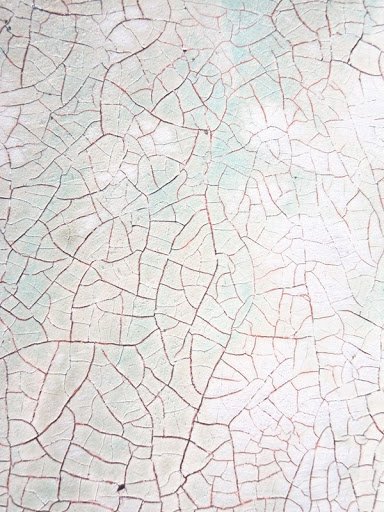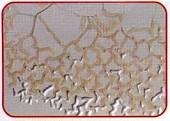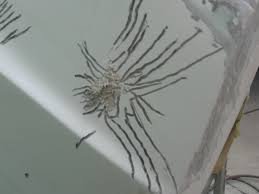If I spent time fixing spider cracks, I'd never get out boating...and we can boat year round here! I say forget the little stuff and go boating. If it's just a vanity issue, slap some duct tape on it and go boating! When you return, take off the ugly duct tape and it'll look much better! (Of course, I'd use white duct tape on a nice boat like yours.) If it's a structural issue then, OK....it needs to get fixed.
Of course, I'm the guy who has to do the work on my boat, so it's easier for me to make that call. If I had unlimited funds and was hiring a guy to do the work, then I'd just hire the best and not try to figure out how he should do it. He already knows.







